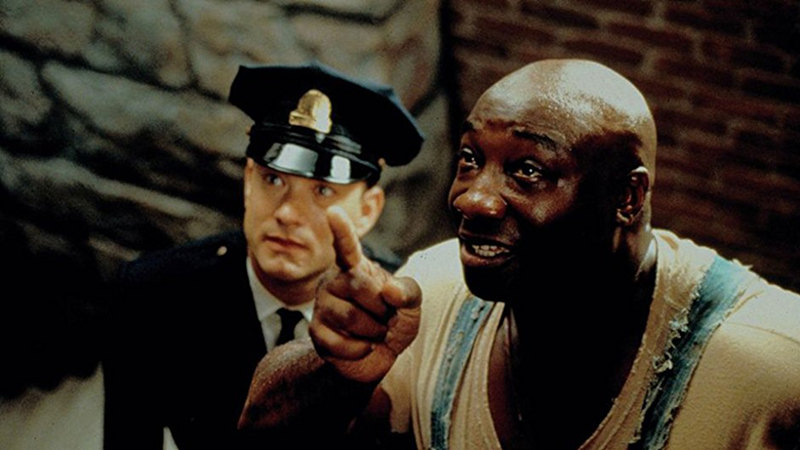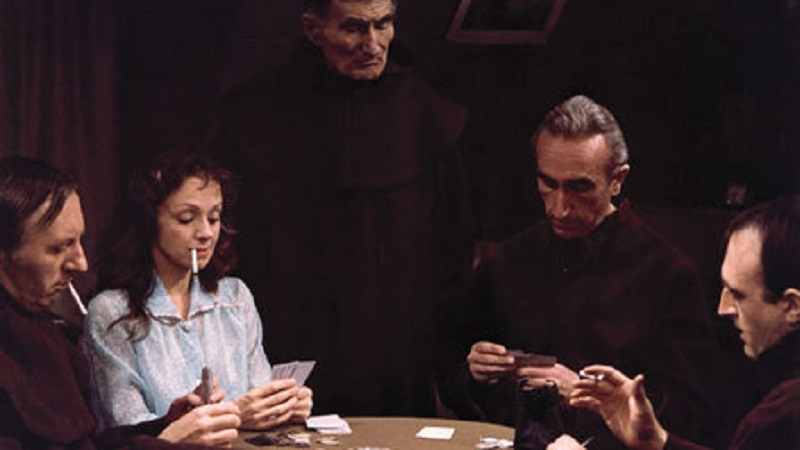“Searching for Sugar Man” is generating a lot of positive energy.
- It received Oscar and BAFTA nominations for Best Documentary.
- The Blu-ray cover announces a 100 percent “fresh” rating from Rotten Tomatoes critics.
- It won Best Music and Best Feature from the International Documentary Association.
- Seventy-nine Metacritics out of 100 gave it high marks.
- It scored an 8.1 out of 10 among viewers at the Internet Movie Database.
But I can tell you right now, it’s the feel-good story and the music that’s responsible—not the film’s style or structure.
“Searching for Sugar Man” tells the unlikely story of a Mexican-American folk musician who cut an album in 1970 that didn’t go anywhere, so he did what most people do when their dreams fall short: he got on with his life. He worked construction, he did odd jobs, he married and had a family, he became active with causes, he took his daughters to museums and taught them that rich people are no better than poor people, and he spent the next 20 years of his life just living, as most people do.
The flip side of this groove provides the unlikely part of the story. Somehow, a bootleg copy of the album from Rodriguez made it to South Africa, where it caught on. Someone (we’re not sure who) made copies and sold hundreds of thousands of them, and soon, as one of two South African narrators tell us, Rodriguez was bigger than Bob Marley, bigger than Elvis. A mythology had even sprung up: his South African fans had heard that the singer killed himself onstage by setting himself on fire.
So when, in March 1998, when it was announced that Rodriguez had been “found” and he was coming to South Africa to do a concert, for South Africans it was like learning Elvis hadn’t left the building after all. That year, Rodriguez performed four sold-out concerts in large venues, with 20,000 or more people at each show—this, from a guy who hadn’t performed in years, and who, in his hey-day, never reached audiences a fourth as large.
But the “search” in this documentary isn’t much of one.
The reenactment drags on, the way Geraldo Rivera used to try to milk his TV investigations for drama, though there’s really not much to it. Once the seekers noticed Dearborn in a lyric and pinpointed Detroit, it was a relatively easy matter to get in touch with Rodriguez, his family, and his record producer. What’s jarring, though, is that the footage we see of Rodriguez when first “rediscovered” is current, as was the reenactment, yet we learn that the search was REALLY conducted in March of 1998, when the men located Rodriguez and invited him to play a concert in South Africa. We’re told that he played a number of concerts over the years since then, and that one of his daughters married a South Afrikaner, and he has grandchildren born in that country.
So structurally, the documentary is disappointing. Half-formed, too, because—and maybe the information just isn’t out there—you walk away wondering about the other half of the story. How, exactly, did Rodriguez become so popular in South Africa? And to what age groups or racial demographics did he appeal? We see concert footage, but that’s inconclusive.
Ultimately, you get the feeling that this film is like the big show in “White Christmas,” a way of honoring a beloved person. It feels like a belated introduction and tribute to someone who’s famous, already, in South Africa and deserves to be well known in his own country. Some of the best talking heads moments come with Rodriguez’s co-workers and their surprise that the hard-working, down-to-earth guy they know has a secret life and is that big of a star somewhere else. It boggles the mind.
So it’s a feel-good story of the biggest kind. F. Scott Fitzgerald died thinking he was a failure, with all of his books out of print and no money to speak of. “There are no second acts in American lives,” he famously said. That’s why this story is so terrific. A performer who loves music thought he hadn’t made it . . . but learns that he had, only on the other side of the world. Does he care about the money he never got, for all of those bootleg sales? Not really. For him, a true artist, the satisfaction comes from seeing those fans enjoy his music.
We’re told that the money he made from subsequent concerts he gave away to family and friends. Maybe the money ran out and he needed more, and so the filmmakers decided to do this and spotlight his music, with a companion CD also offered for sale. If so, buy this Blu-ray, or buy the DVD or CD. This guy deserves it, and it’s not charity. The music is strong, with retro-activist lyrics and catchy melodies. Some of the music people featured in the documentary have compared him to Bob Dylan for his lyrics, while it’s more difficult to pin down who he sounds like. He has a great voice—one which reminded my wife of R.E.M.’s Michael Stite, and at times sounded to me a little like a cross between Jose Feliciano and James Taylor. The film showcases 14 of his songs, delivered with wonderful studio-quality clarity. So now his album gets a wider release and he finally gets some attention in his own country.
And it couldn’t have happened to a nicer or classier guy.
Video:
Vintage home movie footage from 1998 is spliced in with the current reenactments and talking-heads interviews, with a few instances of animation thrown in as well. Apart from the vintage footage the picture is really sharp, especially in close-ups. I saw no compression artifacts as a result of the AVC/MPEG-4 transfer to a 50GB disc. “Searching for Sugar Man” is presented in 1.78:1 aspect ratio.
Audio:
The audio varies too, according to the footage, but the musical soundtrack is of studio quality and presented here with deep, rich tones and a clarity that’s almost striking. You can’t wait for the next song to appear, because they’re compelling and they make whatever image is onscreen seem secondary.
The featured audio is an English DTS-HD MA 5.1, with subtitles in English, English SDH and French.
Extras:
Rodriguez joins director Malik Bendjelloul for a commentary track that covers all aspects of the behind-the-scenes story, and that includes the music, the phenomenal rediscovery, the filming, and various liberties the filmmakers took.
Then there’s “Making Sugar Man,” with the director talking about how he came to the material and every aspect of the project. There’s predictably some overlapping with the commentary, but it’s a solid making-of bonus feature.
“An Evening with Mallik Bendjelloul and Rodriguez” features a Q&A at Tribeca, with a brief performance by Jesus “Sixto” Rodriguez.
Rounding out the bonus features are previews for other Sony titles and the original theatrical trailer.
Bottom line:
As a documentary, “Searching for Sugar Man” falls short, but as an enormously satisfying feel-good story it hits the mark. For most people, “Searching for Sugar Man” will be their introduction to the music of Rodriguez, and a terrific soundtrack makes you forgive any of the film’s shortcomings.


